Blockchain technology has been gathering steam in recent years. It is a distributed ledger that makes Bitcoin and other cryptos work. It is, no doubt, the most vibrant technology in covering cryptocurrency. Given blockchain technology’s security, it is also finding its way into the education industry. Here, we will discuss 10 ways blockchain could be used in education.
- Top 14 Applications of Blockchain In Education Industry
- 1. Sharing credentials and certifications
- 2. Providing affordable access to courses, textbooks, etc.
- 3. Verifying student attendance and participation
- 4. Tracking academic progress
- 5. Education can become free and open source
- 6. Providing students with real-time feedback on their work
- 7. Crowdsourced teaching
- 8. Automatic payments
- 9. Social learning tools
- 10. Tutor ratings
- 11. Blockchain-powered libraries
- 12. Easier access to international education
- 13. Self-sovereign ID on the blockchain
- 14. Improved privacy for student records
- Conclusion
Top 14 Applications of Blockchain In Education Industry
Blockchain has a variety of uses across industries. But its application in education may be one of the most exciting. Especially if you’re someone who believes in the importance of lifelong learning.
To be honest, blockchain technology may still be a little bit out of the ordinary in education. However, it’s not something new. If you want to explore all the possibilities this innovative technology can offer, don’t be afraid to jump right in.
Also Read: What is Decentralized Finance (DeFi)?
1. Sharing credentials and certifications
The first and most obvious way that blockchain can revolutionize education is by making credentialing easier. Right now, it’s difficult for people to share their credentials with others. It is because there is no way to prove that they are real. Blockchain can change this by creating a permanent record of someone’s academic achievements. So, this would make it easier for students to get into schools, find jobs and get promotions.
2. Providing affordable access to courses, textbooks, etc.
The second way is by making it more affordable for students around the world. It is to obtain their college degrees and other certifications. Currently, many universities charge exorbitant amounts of money. It is simply because they have no competition from other universities in their area. With blockchain technology, educational institutions will be able to compete with each other on price. It will be without sacrificing the quality of education or content offered in their courses.
3. Verifying student attendance and participation
This technology can help verify student attendance and participation in educational events and classes. For instance, a perfect essay writer can see all progress and results through this.
Students can use their mobile phones to scan barcodes on the classroom door. It will then record their arrival time. The technology can also be used to track their course progress. It is by scanning their ID card or other means of identification.
4. Tracking academic progress
You can track an individual’s academic progress through this technology. Teachers will be able to keep track of their student’s progress through the blockchain database. They can see how they are performing compared with other students in the class. This will allow teachers to better tailor their teaching styles based on each student’s needs and preferences.
5. Education can become free and open source
With the help of blockchain technology, education can become free and open source as well. This technology can be used to create an educational platform that is decentralized. It means that there is no central authority controlling it.
The idea behind this is that every user would have equal access to all the content available on this platform. This would allow everyone to learn from each other’s experiences. It is without any restrictions or limitations. These might be imposed by a single entity such as a government or school system or university administration.
6. Providing students with real-time feedback on their work
Its most obvious application in education is providing students with real-time feedback on their work. The technology behind Bitcoin — known as the “Blockchain” — is essentially an online ledger. It can store data about transactions and other types of information. It can also be used to verify that a piece of information hasn’t been tampered with or altered in any way.
In this way, a student’s paper or essay could be stored on the blockchain. Along with the time they submitted it and any comments from their teacher. This would allow anyone who wanted to read it to do so. It will be without having to worry about whether or not it has been changed since being submitted by the student.
7. Crowdsourced teaching
Blockchain offers a decentralized database that can store the credentials of teachers and students. This allows for peer-to-peer verification. It means that students can learn from their peers and vice versa. In addition, blockchain provides an immutable record of a student’s educational history.
It includes their academic performance and achievements. This will make it easier for employers to determine whether or not a teaching candidate has the necessary skills. They might be required for the position they are applying for.
This can also be used by educators to crowdsource knowledge from their students. It is through interactive exercises or projects to create new content or solve problems together. So, this method can help improve learning outcomes. It is by giving students hands-on experience with real-world applications of concepts discussed in class.
8. Automatic payments
It is also possible to provide payments to crowd-sourced teachers through digital currencies. This will allow them to receive payments automatically without any delay or intervention from middlemen. This will also eliminate any chances of fraud or cheating by middlemen—moreover, no fraud from other third-party companies involved in processing payments between students and teachers.
9. Social learning tools
Blockchain offers a new way for students to connect with each other in real-time. It is to share knowledge outside of traditional educational institutions. This can also help teachers share their expertise with other educators and students around the world.
It will be without having to worry about personal data or security issues. This means that students will be able to learn from one another without having to leave their classrooms. While teachers will have access to a broader range of resources than ever before.
10. Tutor ratings
The blockchain provides an easy way for tutors to rate their students and vice versa. This helps build a relationship between student and teacher. This encourages growth through collaboration rather than competition or one-sided learning. Tutoring is an important part of any educational experience. So having this type of transparency in place is essential for making the process better for everyone involved.
A blockchain platform could allow tutors and students alike to rate each other after each session. So that anyone looking for an instructor would know whether they are good enough or not.
11. Blockchain-powered libraries
As the world of education continues to grow and change, so does the number of students who want a quality education. However, not all students have access to this type of schooling. As there are many obstacles that stand in their way. One of these obstacles is financial hardship.
This can help overcome this problem by allowing people to donate to their favorite schools via cryptocurrency donations. The blockchain ledger will keep track of all donations and how much has been given. This allows people to contribute funds anonymously or publicly. They can even keep track of how their money was spent once it was received by the school.
12. Easier access to international education
One of the most promising use cases for blockchain in education is its ability to make it easier for students to get an education. So, Students from developing countries access international education opportunities such as studying abroad or being exchange students.
They often struggle with high fees and complicated paperwork when applying for scholarships. Also, during studying abroad due to their low-income status.
Blockchain can help reduce these barriers through smart contracts. This automates processes and transactions between students and universities.
13. Self-sovereign ID on the blockchain
Blockchain-based self-sovereign identity solutions allow users to control their own data. They can provide access only when needed or desired. This would allow students to manage their own academic records. Then they track their progress and earn academic credits. It would be without having to reveal sensitive personal information until they choose to do so.
In traditional cases, students may not even be aware of how their data is being used. Many organizations don’t always provide detailed information about their privacy policies.
While an immutable ledger cannot be hacked or changed without permission from the owner.
14. Improved privacy for student records
Educational institutions often have access to sensitive data such as grades or health information. This could be compromised if leaked online through phishing scams or malware attacks. Blockchain provides better encryption methods than current systems. It is by making it harder for hackers to gain access to sensitive information even if they breach a single node in the network.
Also Read: What is Decentralized Autonomous Organization (DAO)?
Conclusion
Don’t be fooled, blockchain can revolutionize the world of education. The educational sector is plagued with problems ranging from corruption to bad governance systems.
This takes us to the many challenges of high-quality education for all nations. More and more countries embrace digitalization. Then the need for a firm digital education ecosystem emerges louder than ever.
You think about the problems inherent in verifying a student’s academic achievements. Then it makes you wonder why no one has come up with a better solution yet. However, Blockchain technology offers that unique solution. It is already starting to make waves in other industries.
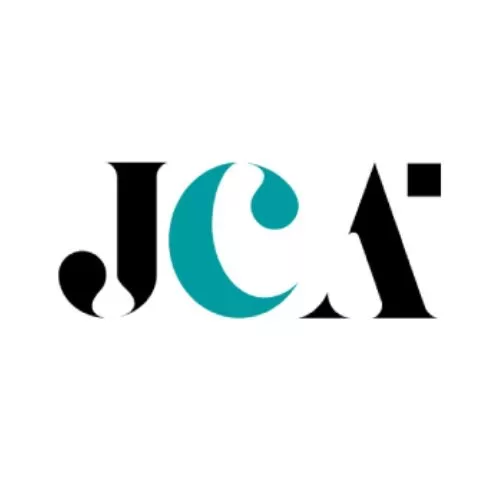
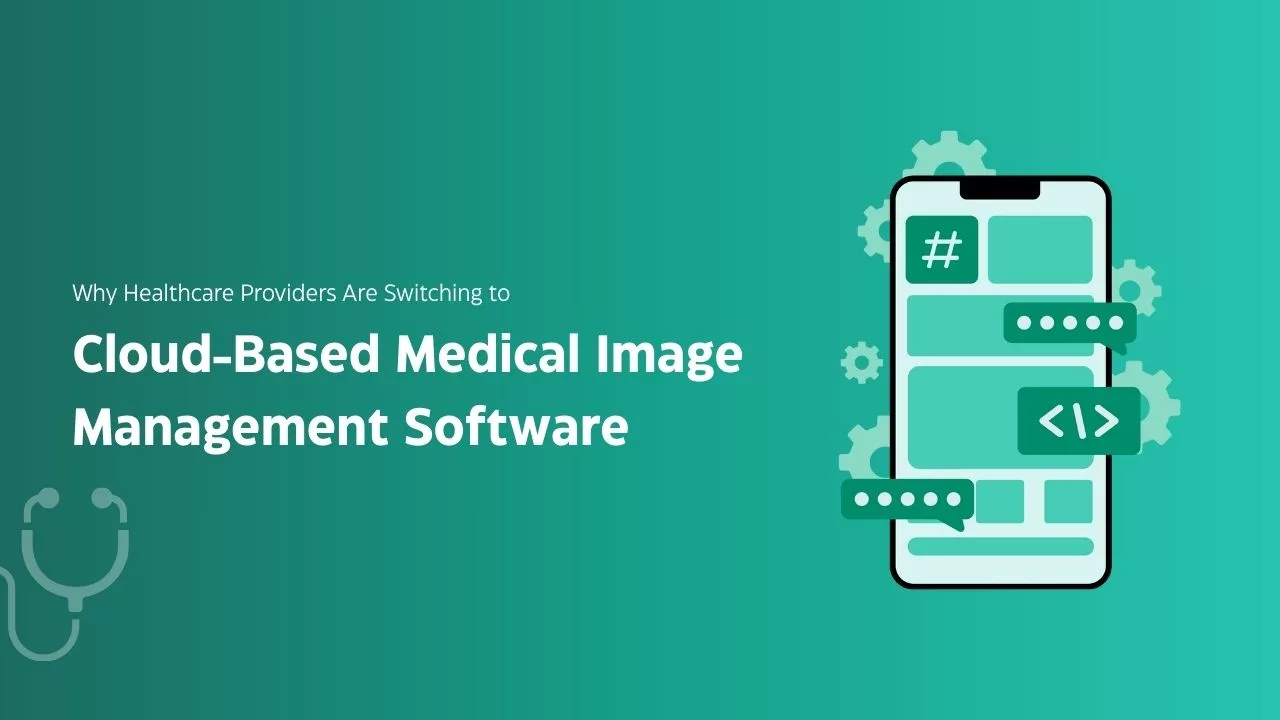
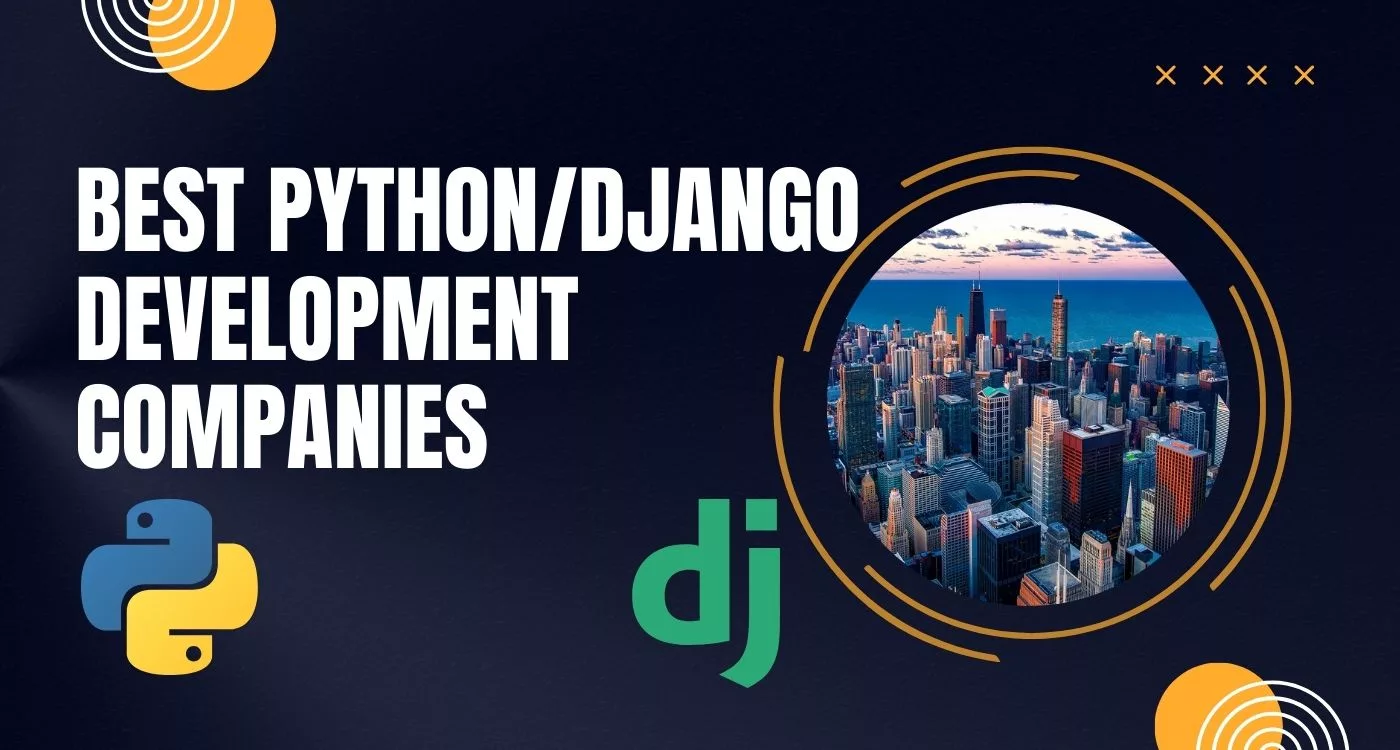
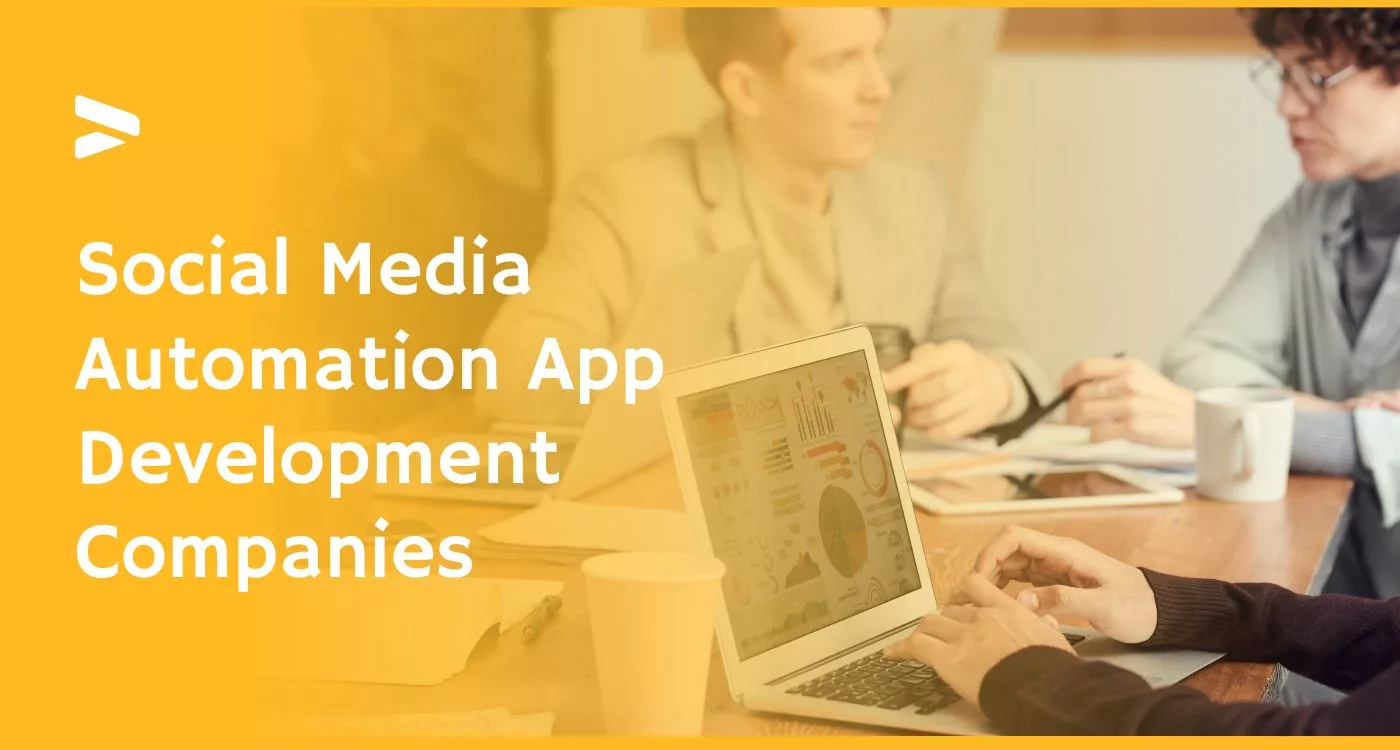
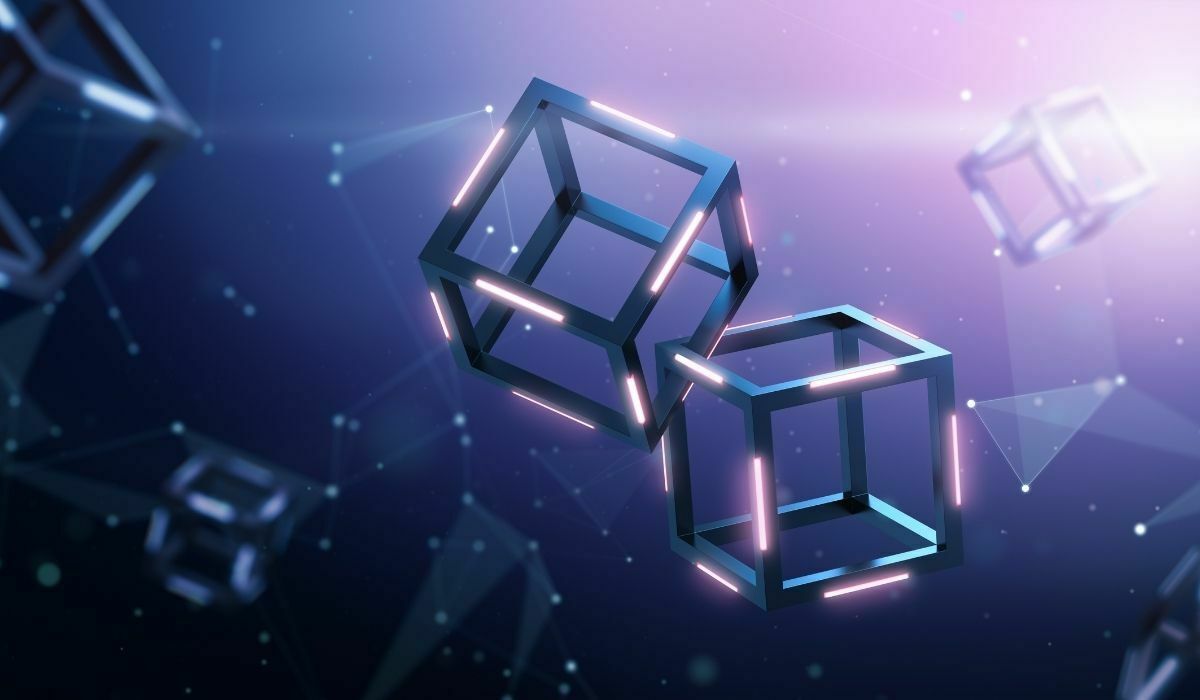
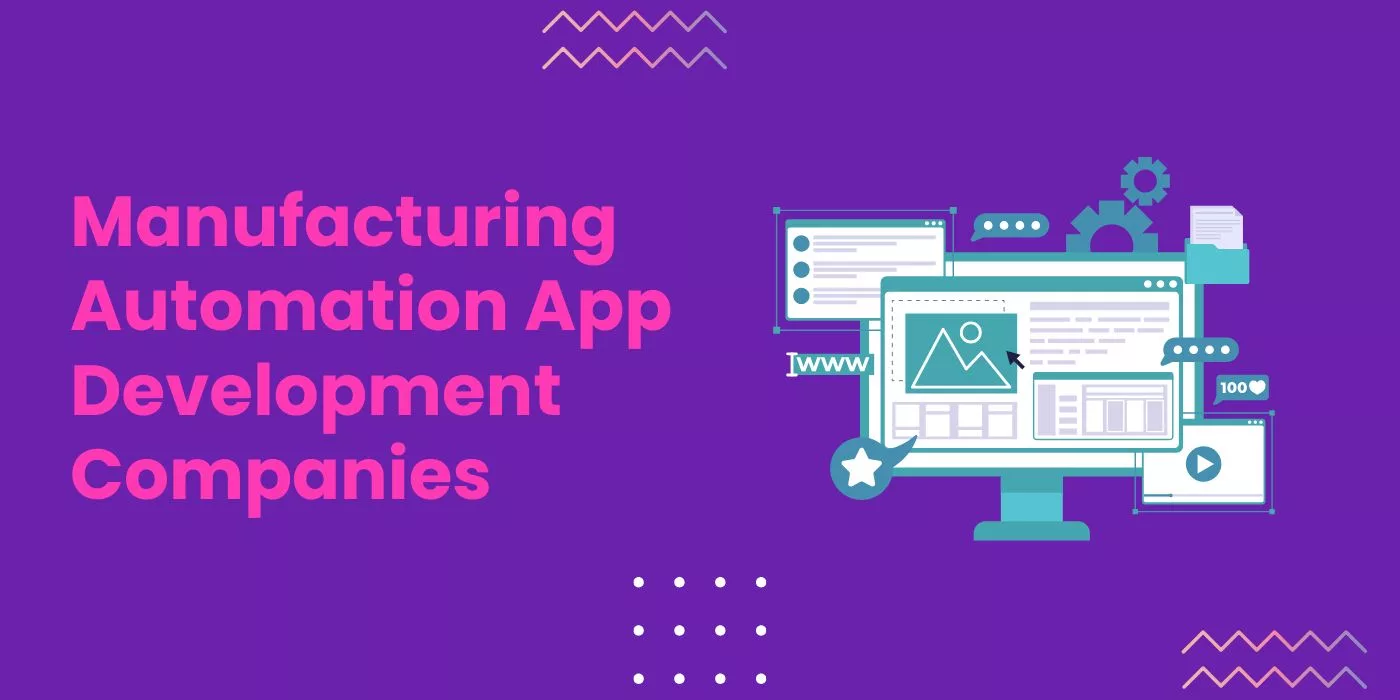

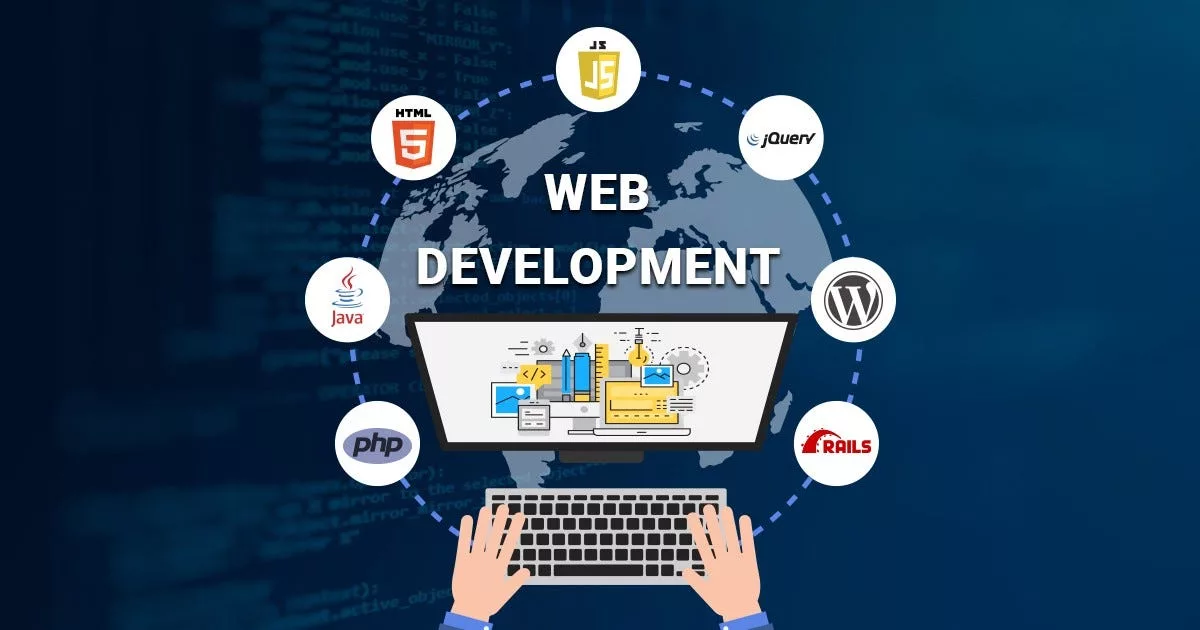
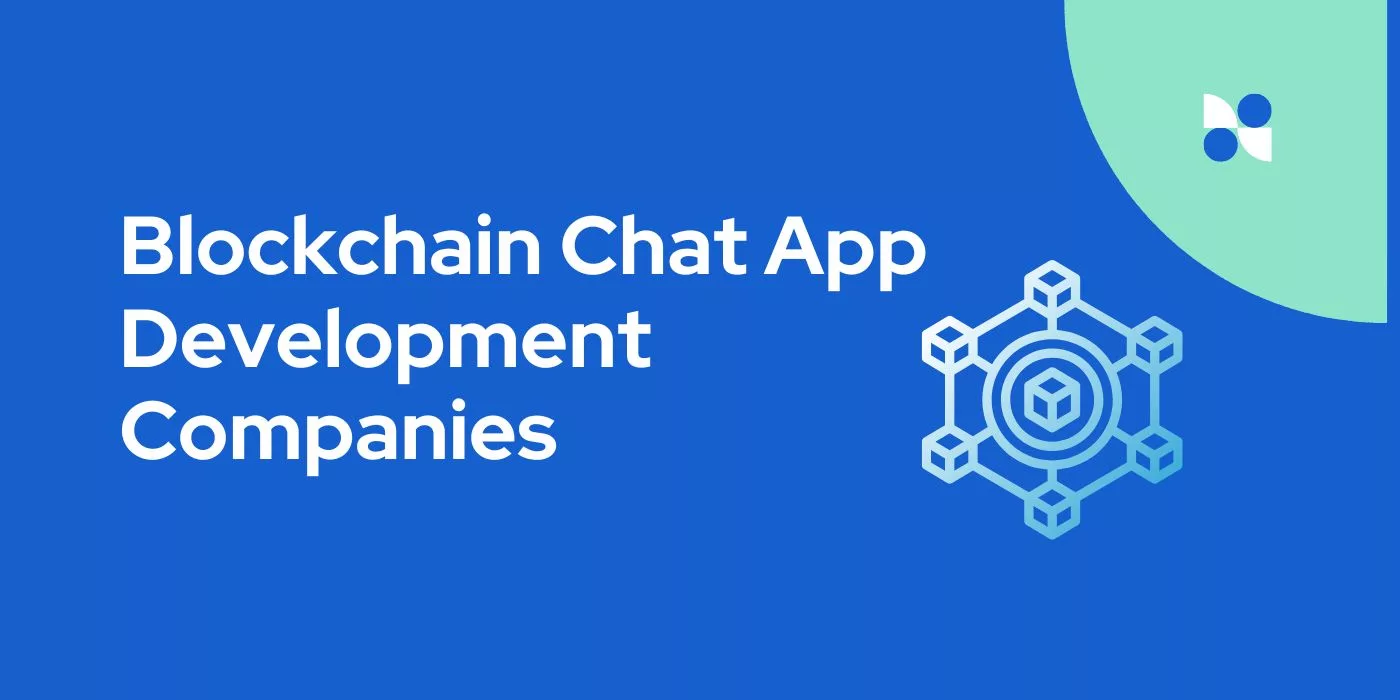
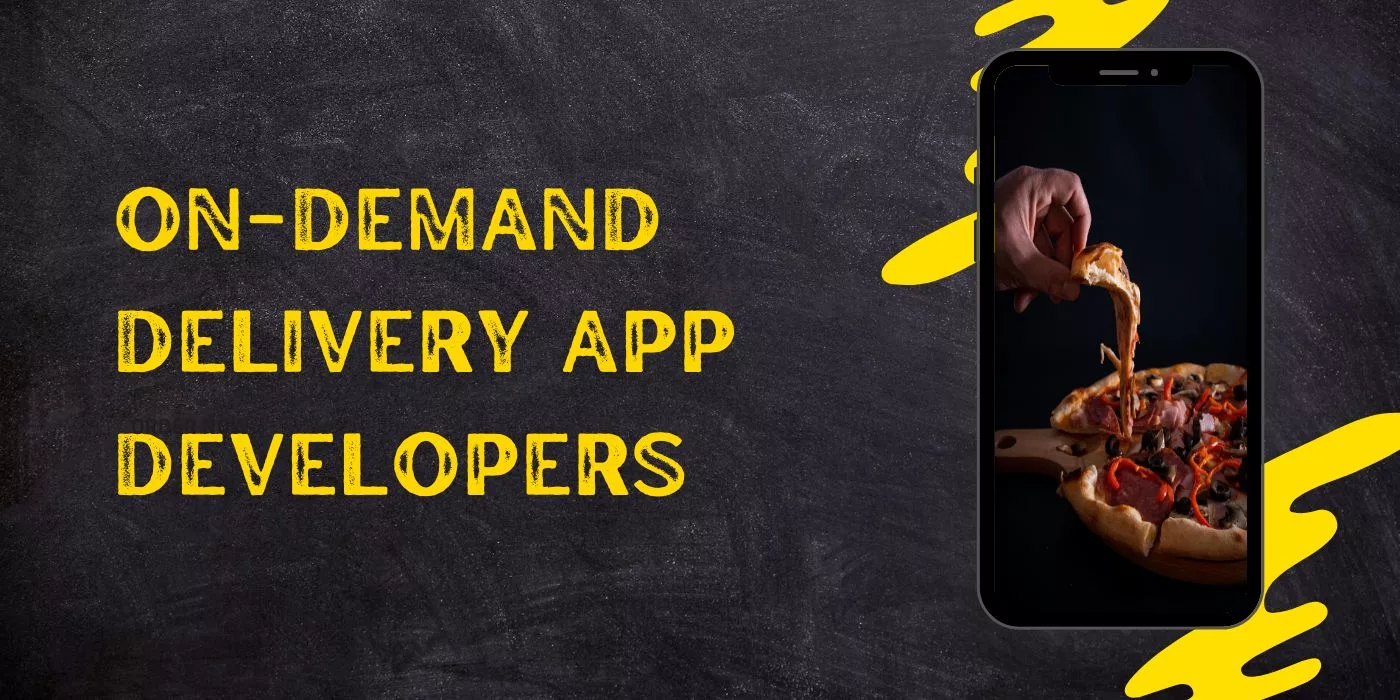
Leave a Reply